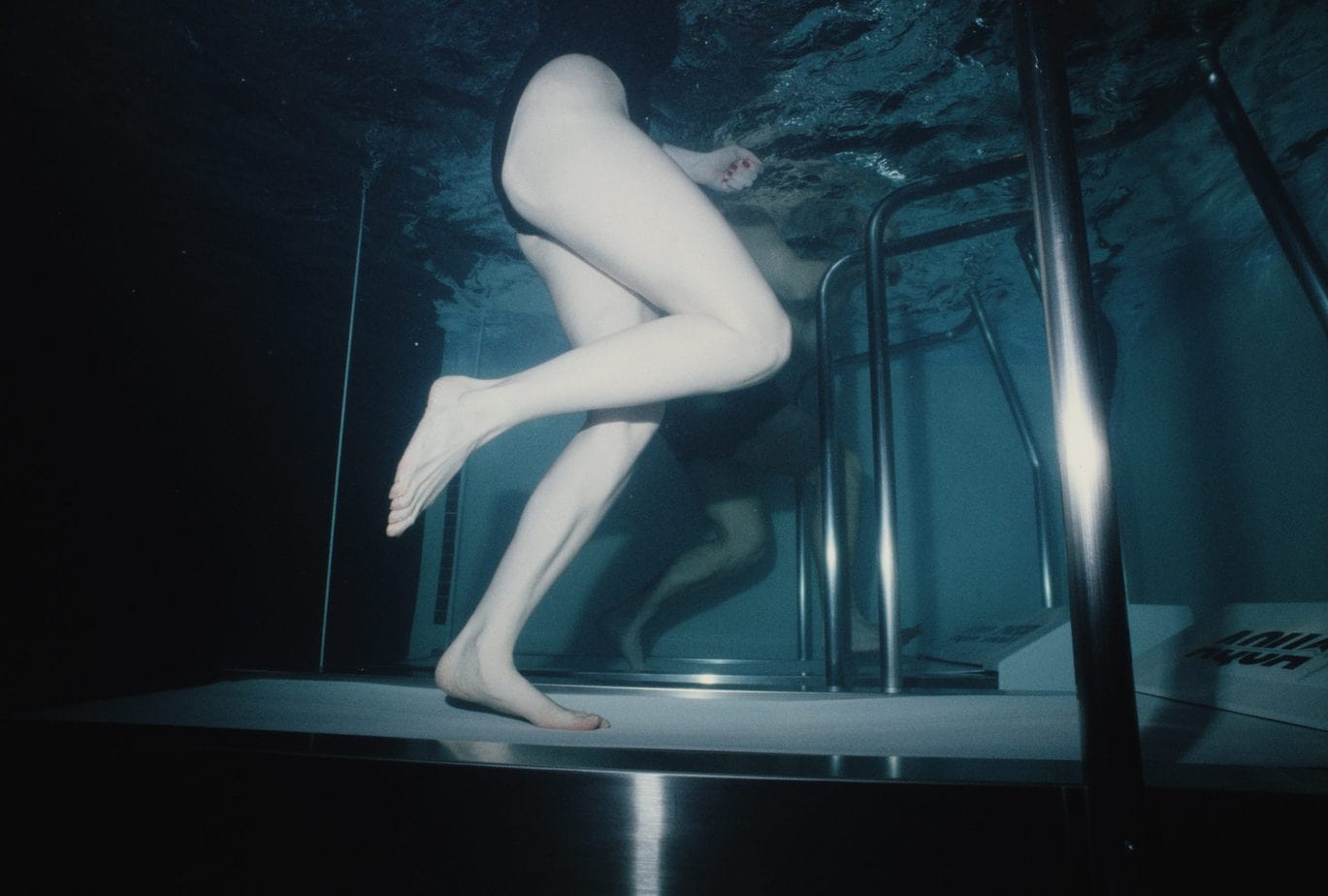
Water treadmill is a modern form of rehabilitation and fitness, which uses water resistance. The buoyancy of the water we are dealing with there effectively relieves the joints, which makes the exercises performed in this way completely safe. An example of an activity using a water treadmill is aquarunning – running in water. What is it?
The above mentioned aquarunning is an innovative method of complementing sports rehabilitation and training. It is used by many world class athletes, such as long distance runners Galen Rupp and Mo Farah, who participate in the Nike Oregon Project. Running in water is a form of therapy that is most commonly used by professional athletes and is less popular with amateurs.
There are three types of aquarunning: running in deep water, running in shallow water, and running on an underwater treadmill. As for the first of the mentioned activities, it is based on running in deep water in a special vest or a buoyancy belt. What characterizes such training is the fact that during it the feet do not have contact with the treadmill. What is characteristic of such training is that the feet are not in contact with the treadmill, which means that the exercises take place in complete relief. The second solution available is running in shallow water. The characteristic feature of this type of activity is that here the feet have contact with the ground. The training contributes to the relief of the joints, but to a lesser extent than running in deep water. However, this method is not applicable to lower limb injuries.
How to practice the running techniques listed above? You can either run on the spot, holding on to the rope, or run against the resistance of the water. The latter is particularly recommended. This is because this type of training is more natural and functional, and this is due to the lack of restrictions on the pelvic-hip-lumbar complex.
Aquajogging is an activity that has a whole host of benefits. As for the therapeutic effects of such a workout in water, it is worth mentioning micromassage, soft tissue compression, slimming and firming of the body, increase in intra-abdominal pressure, increase in cardiac stroke volume and cardiac minute volume, increase in venous blood flow from the periphery to the heart, training of respiratory muscles, and triggering of diuresis through hormonal and reflex pathways.
As far as the training, physiological and biomechanical aspects are concerned, they include: deep muscle training, trunk stabilisation training, resistance training, which is very good for people after injuries, training to reduce the load on spine and peripheral joints, endurance training, increase in maximum oxygen uptake, increase in upper and lower limb muscle strength, eccentric-concentric muscle work, work with continuous resistance, faster recovery and reduction of soreness.
Why else is it worth training aquajogging? It contributes to functional and functional changes in the body, which directly translates into effective and fast rehabilitation, improved performance parameters and running technique.
What are the characteristics of a high quality aquatic treadmill? This type of device can be successfully used by people of all ages – regardless of their mobility. How does such a device work? The patient enters it or rides in a wheelchair and closes the door. Then the chamber is filled to a predetermined height. This type of equipment consists of a treadmill with a platform and a ramp. It can have an externally opening door with a latching system, underwater LED backlighting or a touch screen.
Featured photo: Barbara Alper / Getty Images